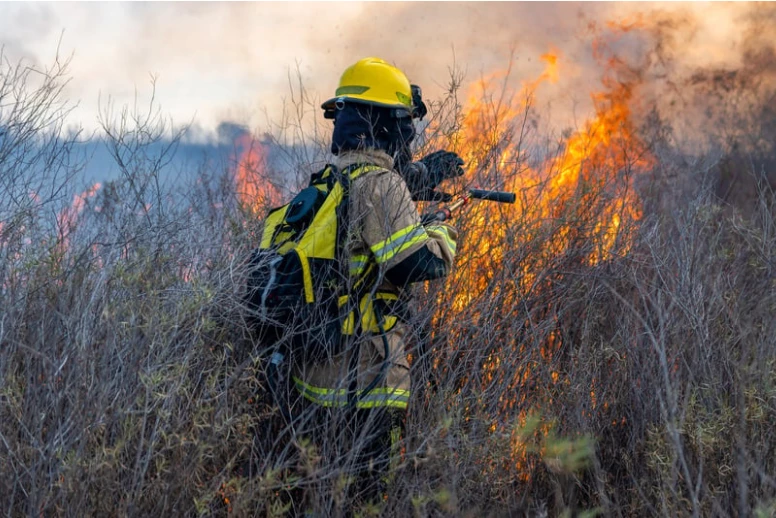Future Fleet: The Road Ahead for Tactical Vehicles
Add bookmarkWe may be in an age of cyber threats and technological attacks, but the need for the U.S. military to retain a fleet of "ready to go" tactical vehicles remains as strong as ever.
With operations in Iraq over and the imminent drawdown in Afghanistan, it is obvious that much of the current battle-hardened vehicle fleet needs to be replaced.
The focus is shifting to the replenishment and refitting of equipment to accommodate the increased military presence in the Asia-Pacific region. But the overall strategy for military vehicles has yet to be clearly defined in a climate of financial uncertainty.
Transforming the vehicle fleet of the future will be examined in detail at IDGA’s 6th Annual Tactical Vehicle Summit next month.
The biggest issues in the industry will be dissected, including the advancement of new composite materials, the future of welding different materials together to produce lightweight vehicles and the growth of shock resistant technologies.
[inlinead]
The next generation of amphibious vehicles and the advancement of intercom systems, two areas of particular concern, will also be discussed.
But despite the much-quoted financial constraints, the industry is hardly in reverse gear. Projects worth a total of $48 million are underway to revamp the entire Humvee fleet.
AM General, Lockheed Martin and Oshkosh are all developing prototypes of the JLTV for the Army in projects worth $64.5 million, $66.3 million and $56.4 million respectively.
Work is still on going meanwhile with the Army’s $1.7 billion M113 Ground Combat Field Vehicle Replacement Program: Armored Multipurpose Vehicle (AMPV) .
Related: Vehicles Need to Be Able to Adapt
The Marines are looking forward to the introduction of their new Personnel Carrier (MPC) following the awarding of four development contracts, worth $3.5 million each and research is still ongoing into a new Marine Amphibious Combat Vehicle (ACV).
But the U.S. has not been plowing the course alone in recent years and the collaboration of coalition forces and their respective governments has played a vital role in transforming tactical vehicles.
Horror stories abound of U.S. forces struggling to cope with the difficult terrain when they first entered Iraq and Afghanistan for the global war on terror.
Tales have been told of wheels spinning but vehicles going nowhere fast as they became mired in the desert sands.
A rethink was called for and U.S. money and other resources was paired with European research to adapt fleets to the unforgiving lands they encountered.
Now America has to build on that framework for the dangers that lie ahead in another corner of the globe.
IDGA’s 6th Annual Tactical Vehicle Summit takes place at the Hilton Alexandria Mark Center in Alexandria, Virginia, on April 23 and 24, 2013. For full details, go to www.TacticalVehiclesSummit.com
Share your thoughts. Leave a comment below.









